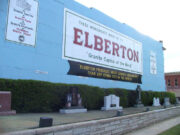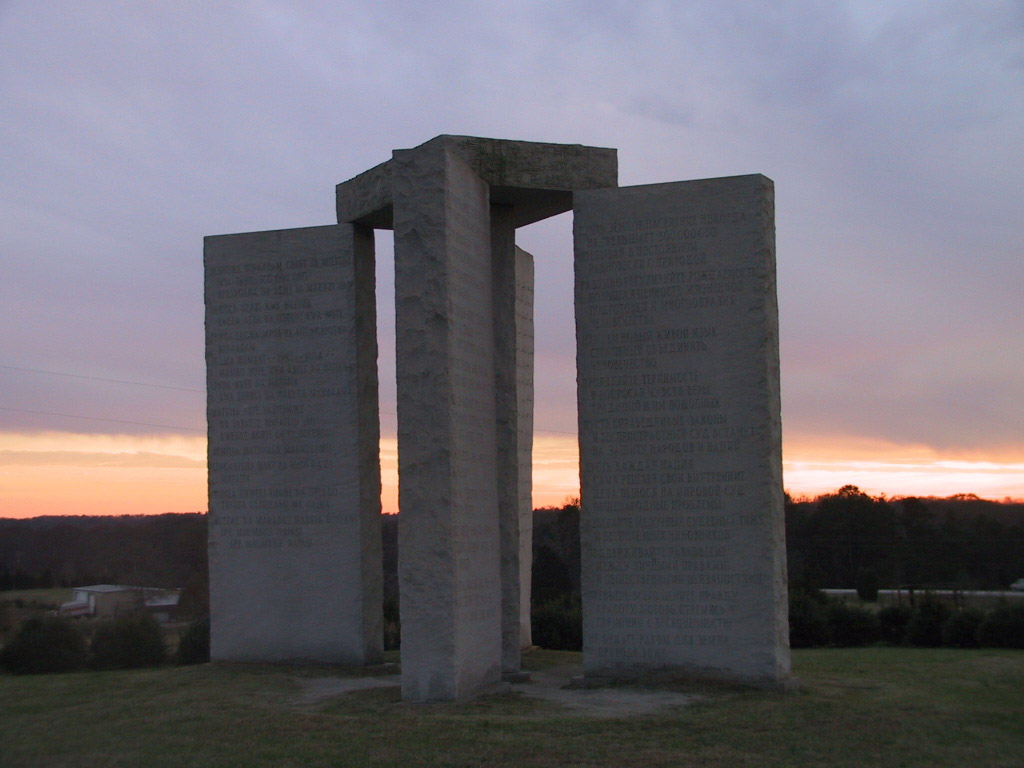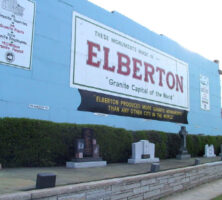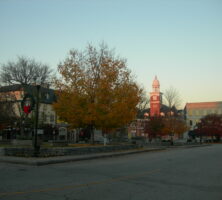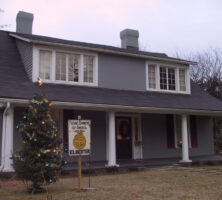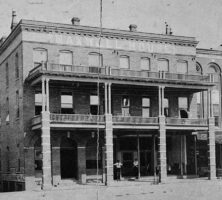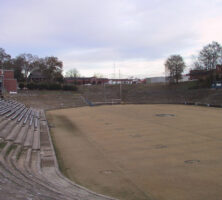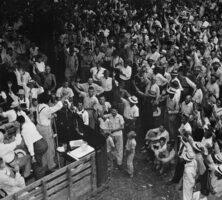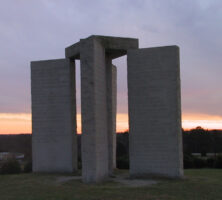The county seat of Elbert County in Georgia’s Piedmont region is Elberton. Officially incorporated in 1803 and originally known as Elbertville, Elberton has managed to outlive several rival towns in the area and is now the county’s largest city, with a population of 4,640, according to the 2020 U.S. census.
It is also one of the nation’s most important producers of granite monuments and memorials. During the 1890s Elberton called itself the “Granite City” and, after the turn of the century, the “Granite Capital of the South”; soon thereafter it began to claim the title “Granite Capital of the World.”
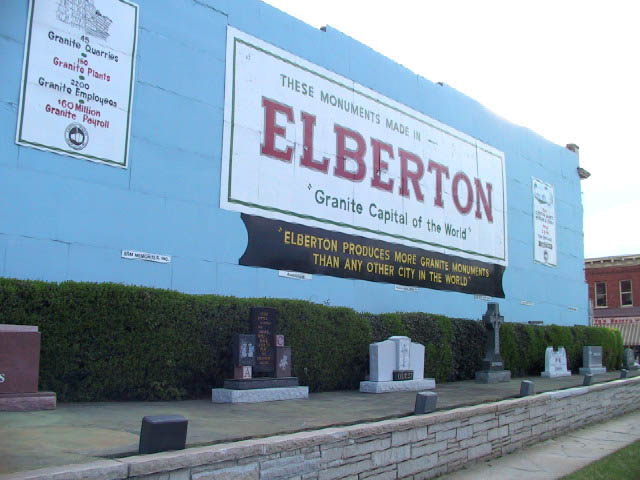
Elberton’s origins date back to the decade before the American Revolution (1775-83), when settlers from Virginia and the Carolinas, following Indian trails and wilderness passes through the lower Appalachian Mountains, began to filter into the Savannah and Broad River valleys. According to local lore, in 1769 William Woodley and a small number of pioneer families were driving flocks of turkeys through the area on their way to the market in Augusta. The party camped in a hardwood valley near a beautiful spring and decided that it would be a good place to settle. After selling their goods in Augusta, the party came back to the spring and established a frontier settlement.
After the American Revolution, Woodley’s settlement was variously designated as the “Old Town Spring” and, in honor of Revolutionary War patriot Samuel Elbert, Elbertville. In 1790 Elbert County was created from Wilkes County, and three justices were selected to find a suitable location for a courthouse. One of those justices was Stephen Heard, Revolutionary War veteran and former governor of Georgia. At the time, Petersburg, located in the forks of the Savannah and Broad rivers at the southern end of the county, was the most prosperous and promising town in the region. Nevertheless, because of its central position in the new county, the justices decided to designate Elbertville as the county seat. Shortly afterward a courthouse and a jail were constructed, and Elbertville became known as Elberton.
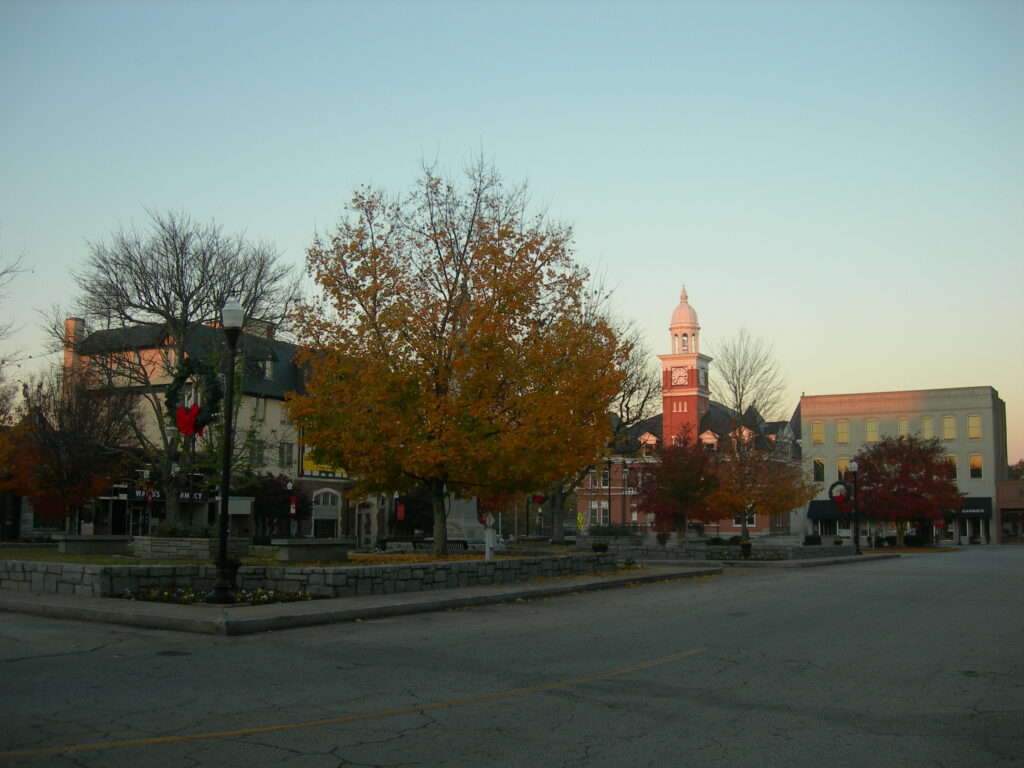
Elberton’s population steadily grew as the eighteenth century ended and the nineteenth began. On December 10, 1803, Elberton was officially incorporated, and five commissioners were appointed “for the better regulation and government of the town.” By then, a tanning facility had been erected near the town spring.
During the antebellum era Elberton emerged as one of the premier towns in the region. The first major church in the town, the Methodist church, was established in 1815. Many years later, in 1860, the First Baptist Church near the square opened its doors to the community. By 1865 the Presbyterian congregation also had built a church within the town’s limits. According to local tradition, the first Christmas tree in Georgia was erected in the George Loehr Home, just south of the town square, in 1858. The main artery of traffic into the town was the Old Post Road (later Georgia Highway 77), which ran to nearby Lexington in Oglethorpe County.
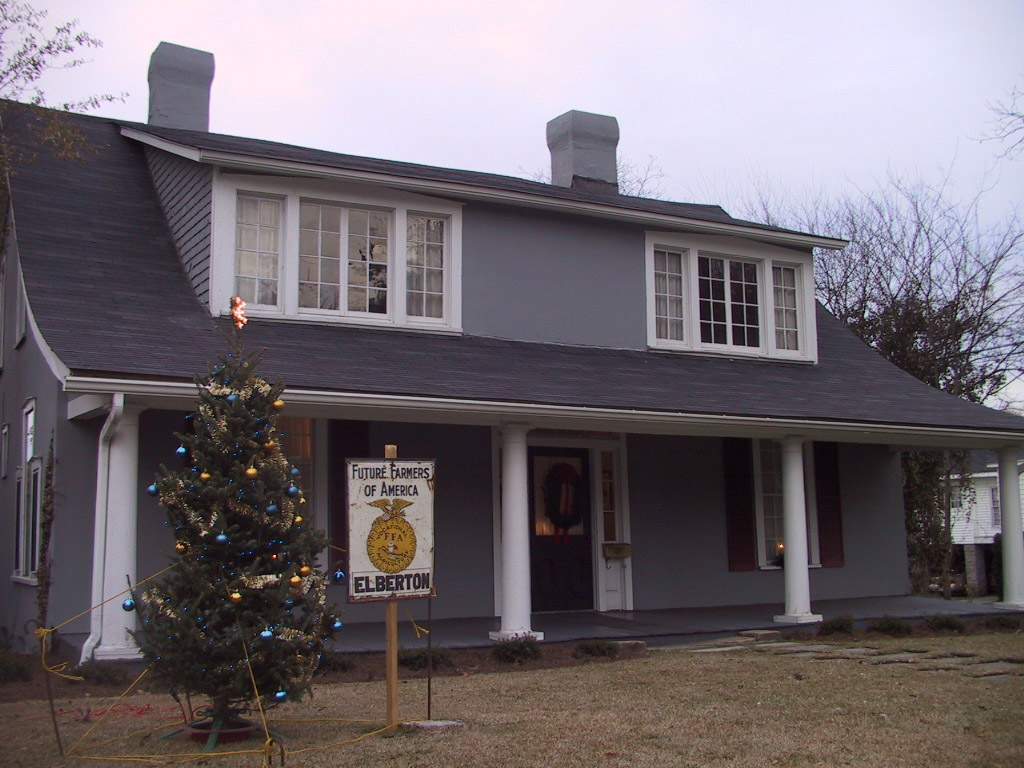
Elberton’s increasing importance was heightened by the slow demise of neighboring towns, including Petersburg and Ruckersville. While it never reached a pretentious size during the antebellum years, Elberton did become an economic hub for cotton and other agricultural products produced not only in the county but also in outlying rural districts and settlements within its wide circle of influence. Despite its position as the county seat, Elberton, at least before the war, never achieved the economic or political status of nearby Athens, or even Washington in Wilkes County to the south, and the effects of modernization were barely measurable.
Although General William T. Sherman’s forces never came through Elbert County, the impact of the Civil War (1861-65) was still keenly felt, especially by the numerous Elberton residents who served in the Confederate forces or lost a loved one in the conflict. After the war Elberton continued to exist as an agricultural center based on the production of cotton. During the 1870s it was still little more than a small, rural hamlet, although the signs of modernization were sluggishly beginning to wrap their sinuous cords around the town. As late as 1879, Elberton still lacked a bank and a telegraph line, but many new buildings were springing up in and around town. “That Elberton is 'on the incline’ but a casual glance is sufficient to affirm,” one person said. “Old dwellings have been repaired and modernized, new ones, of most artistic proportions, are fast covering the vacant lots, and everything partakes of that vim and energy that has ever characterized the people of this section.”
Elberton’s economic transformation was dramatically affected by the discovery and subsequent development of its granite deposits. The county’s first commercial quarry opened in 1882 to supply granite for railroad construction, home foundations, and chimney stone. The city produced its first significant granite memorial in 1889 and executed its first granite sculpture, a Confederate statue irreverently known as “Dutchy,” in 1898. The coming of railroads during the latter decades of the nineteenth century, particularly the Elberton Air Line to Toccoa and the Seaboard Air Line to Athens and Atlanta, significantly accelerated the pace of Elberton’s industrial growth. Even the town’s appearance seemed to mirror its newfound obsession with granite, which became, for a short time, the primary construction material for new homes, sidewalks, a library, and even a bank that was built on Sutton Square in 1893. Several features in the county’s present courthouse, constructed in 1894, are made of native granite.
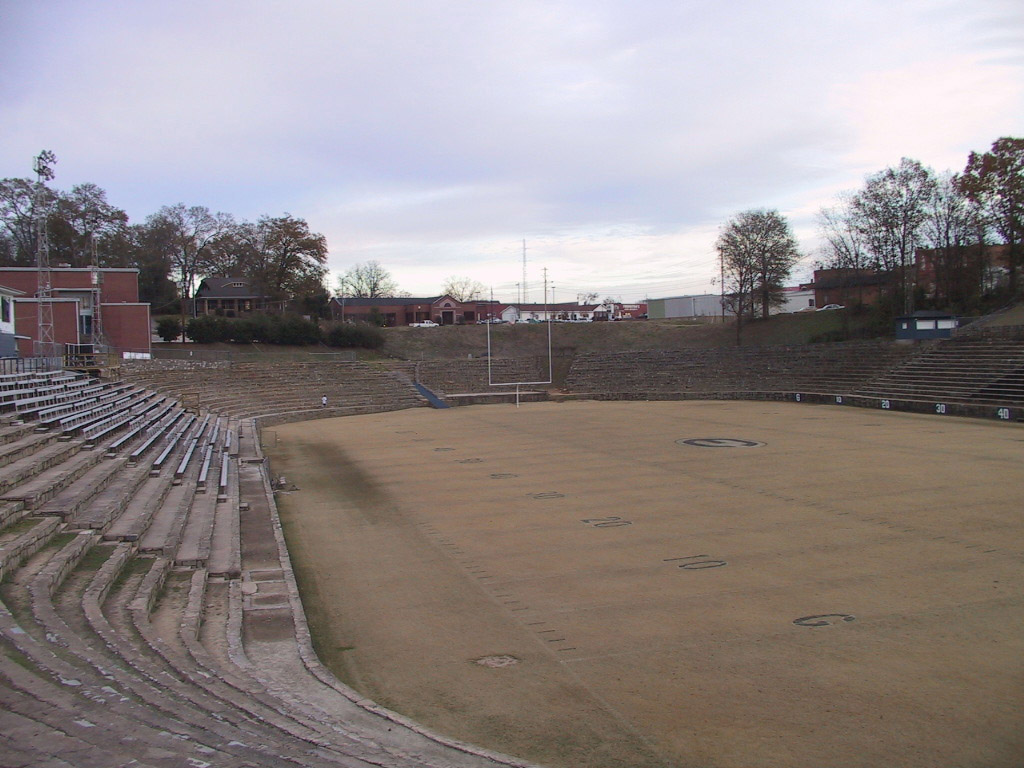
Accompanying the town’s growth was a sudden influx of northern entrepreneurs and foreign laborers, particularly Italians, with extensive experience in granite production. Between 1900 and 1930, several Italian families came to Elberton, established their own granite businesses, and made the town their permanent home. Perhaps the most successful Italian migrant to Elberton was Charles C. Comolli, who along with Atlanta native B. F. Coggins, dominated the town’s granite industry during the Great Depression and World War II (1941-45). Over time Coggins emerged as Elberton’s preeminent granite entrepreneur. He was founder and president of the Coggins Granite Industries, a large conglomerate of sheds and quarries. After World War II the town’s industry entered its most successful and expansive stage. During the 1950s the Elberton Granite Association was created.
As a visual testament to Elberton’s civic pride, Elbert County High School’s football field, located on the site of the Old Town Spring, was remodeled in 1961 with rows of granite seats that encompass the entire stadium. Known as the Granite Bowl, the stadium has a seating capacity of 20,000 and is one of the most unusual high school football fields in the country. In the twenty-first century the granite business still forms the backbone of Elberton’s economy, and a large percentage of the city’s inhabitants are connected, in one way or another, to the stone industry.


